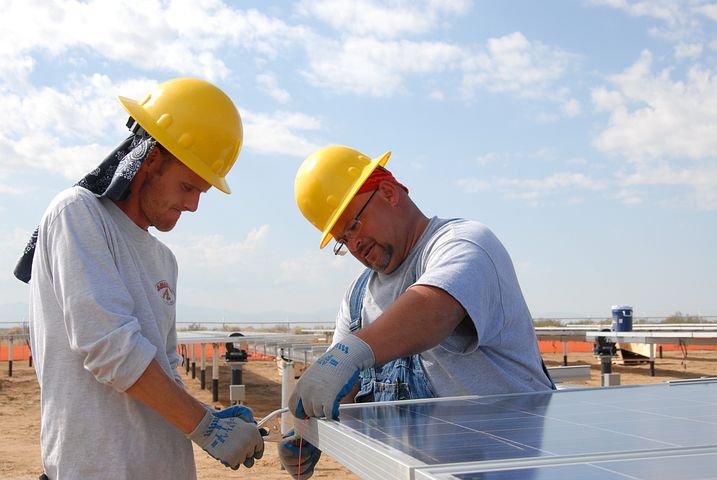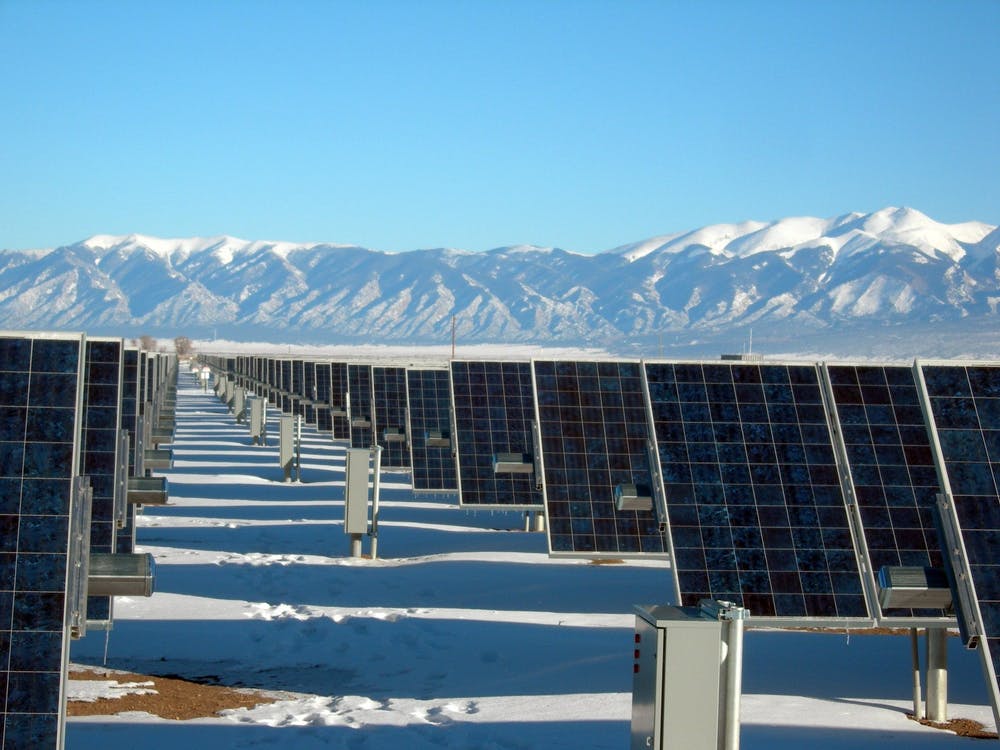Many people are confused about whether or not it is possible to install solar panels on homes that use three-phase electricity supply. In fact, it is very possible to to install solar power in your home with a 3 phase solar inverter. They’re basically designed to take the DC electricity produced by your panels and send it as AC energy. Here’s what you should think about before purchasing one.
Do I need a 3 phase solar inverter?
Whilst your average 3 phase solar inverter will cost a little more than a single-phase, it can a very worthwhile investment. A lot of homes in Australia just use a single-phase electricity supply – which means only a single wire from the grid but some homes will use three wires from the grid. Homes that use a three-wire are capable of pulling in more power from the electricity grid which can be useful if you have appliances that require heavy electricity loads like pool heaters, EV chargers and spas. It also means that you’ll be able to return more energy to the grid when using panels then you would with a single live wire. In many cases with a 3 phase solar inverter you can send as much as six times the amount of electricity back to the grid.
How do I know what kind of supply I have?
Check out your switchboard and count the number of poles noted on your mains switch. You’ll have three if you have 3 live wires.
What are my options if I have three-phase supply?

With this type of supply, you can use a micro-inverter, single phase inverter or a 3 phase solar inverter. It’s recommended that you use a 3 phase solar inverter because it means you won’t have to push electricity back to the grid through a single wire, increasing capacity. This means you’ll experience less throttling and tripping issues and more power production.
In summary, a 3 phase solar inverter could drastically reduce your voltage rise issues. The disadvantage of this approach is that you’ll likely pay more and it can increase the cost of battery backups a lot. Battery backups are basically there to protect important circuits in the event that the grid goes down. Adding a battery backup to your system with three phase equipment in place does get a lot more complicated because you either need a three batteries or one designed and configured to work with your system – expensive options so you basically need to weigh the pros of each option and consider whether a single or micro might be better for your needs.
Most people will probably come to the conclusion that it’s more convenient to have a system that works the vast majority of the time, rather than preparing for the possibility that the grid might go down. But if you experience regular outages or issues with your grid then you may want to look at other options. Before you choose the option for your home get an installer to check your local grid out and see what the voltage rise issues are like – a professional installer should be able to help you out with recommendations based on what is best for your particular situation but it’s important to think about your energy demands and what you value when it energy supply.
Hopefully, this has been helpful and informative in guiding you towards making a decision about what kind of system you should opt for and whether or not you need a 3 phase solar inverter for your home.
